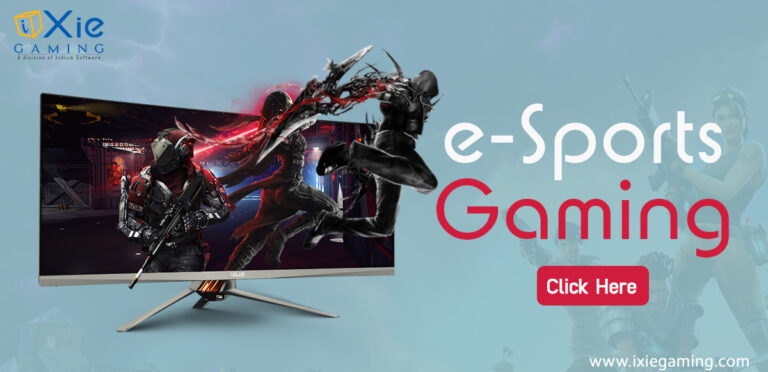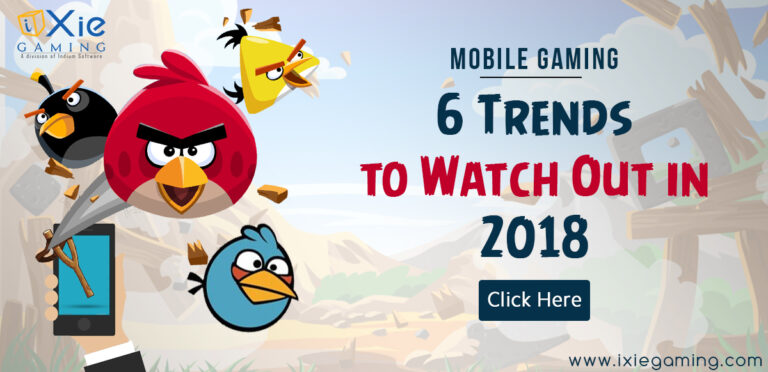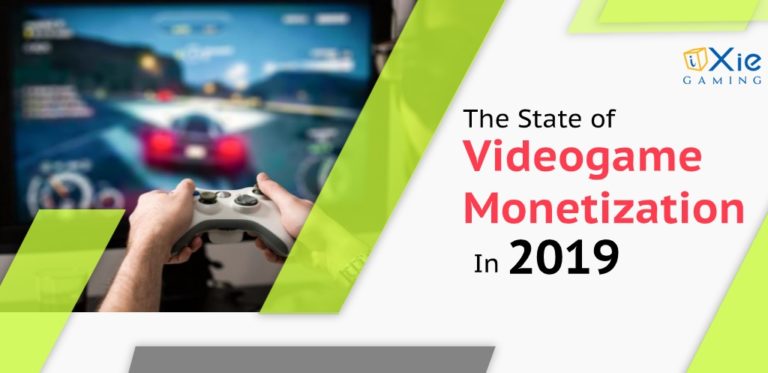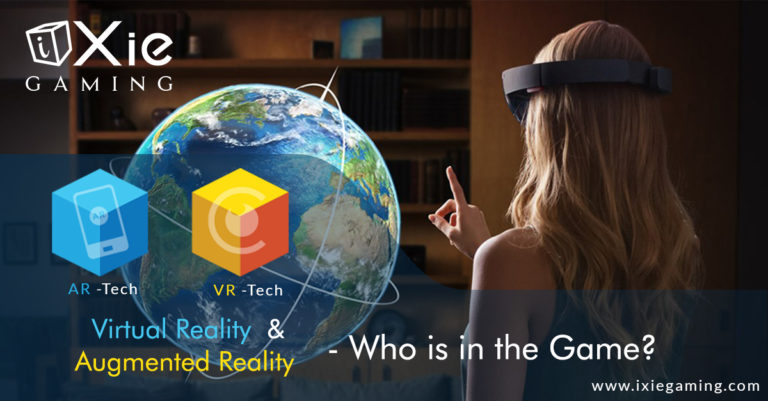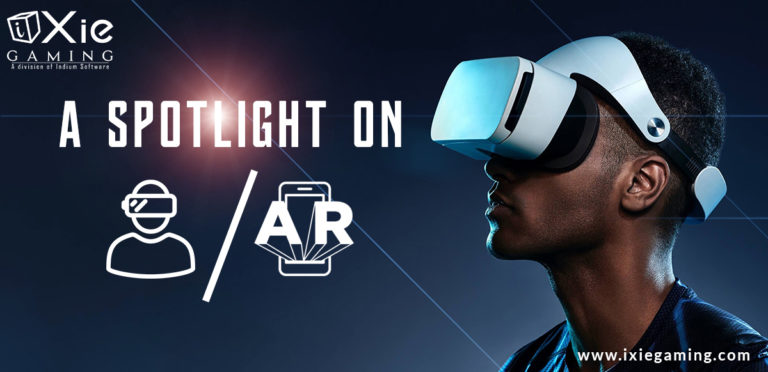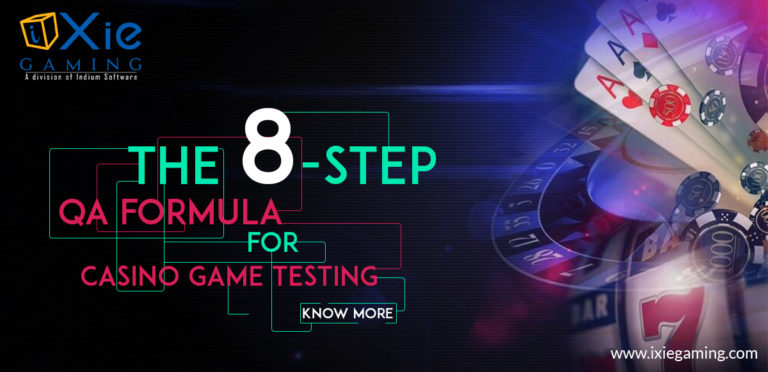Getting started with your first NFT game development venture can be interesting. But is the NFT game development market worth entering? The global play-to-earn (P2E) NFT games market is predicted to reach $3.6 billion by 2028. It is expected to increase at a compound annual growth rate of 21.3% from 2022 to 2028. So, yes – NFT game development is worth it.
But what are NFT games? Why are they famous? And how do you start your first NFT game development project? Join us as we dive deeper into details about these ground-breaking games.
What are NFT Games?
Unlike traditional games, NFT games are based on non-fungible tokens (NFTs). NFTs are digital assets that are indivisible and unique. NFT games combine blockchain technology with gaming, enabling players to use tokens to verify and authenticate ownership.
NFT technology is used in games to attract investment. A player can create, sell, or buy a token of an in-game object, supporting the developer. For instance, NFTs can be utilized to tokenize game assets, such as weapons, artifacts, and skins.
Why is NFT Game Development Becoming So Popular?
NFT game development has become popular in recent times. Players have total control and ownership rights over their digital items. Therefore, they can loan or sell them to other players, earning from them.
Another reason behind their increasing popularity is that they offer a transparent and decentralized system for players to interact with various digital assets. As a result, they can participate in the emerging economy surrounding non-fungible tokens. Also, developers can monetize their games in new ways, and players can enjoy a more rewarding and immersive gaming experience.

How to Venture in Your First NFT Game Development
Here is a step-by-step guide to help you build your first NFT game:
1. Understand Blockchain and NFT Concepts in Gaming
As initially stated, NFT games are based on the blockchain concept. As one of the latest technologies, blockchain presents new challenges. Therefore, you must familiarize yourself with the fundamentals of this technology and NFTs to seamlessly integrate them into your game.
Understand what makes NFTs unique and how they are used in gaming. This will help you integrate them securely and use them to improve gameplay experiences.
2. Planning and Ideation
Like traditional games, NFT games require proper planning and ideation. Developers cannot start creating a game without a clear understanding of what they need to achieve with their creations. So, once you’ve understood the basics of NFTs and blockchain, it’s time to plan the game.
Start by identifying your game’s niche and target audience. This will help you shape the gameplay art style, mechanics, and general experience. Defining the audience will guide you throughout the development process.
Upon establishing your audience, brainstorm unique features and game mechanics. Most NFT games grant players meaningful control over their assets. Therefore, you should consider integrating mechanics that enable players to gather, evolve, trade, and customize their NFT-based assets.
3. Select a Blockchain Platform
NFTs are based on blockchain. With many blockchain platforms available, selecting the most suitable platform is crucial. Ethereum is currently the most popular option for NFT game development as it is widely adopted. However, developers can consider other blockchain platforms such as Polygon (formerly Matic), Binance Smart Chain, and Flow.
4. Learn a Relevant Programming Language
Building an NFT game requires you to properly understand a relevant programming language. Solidity is one of the fundamental programming languages used to code smart contracts on the Ethereum blockchain.
However, if you’re using another blockchain, you may need to learn a different language. For instance, if you choose Flow, learn more about the Rust programming language. This will help you create smart contracts and implement game logic.
Read also: The Scopes and Challenges of NFT Game Development
5. Develop Your NFT Game
Once you have learned the relevant programming languages, it’s time to build your first NFT game. Set up the development tools and environment. This involves configuring the required frameworks and software to create the game.
Developers often use popular game engines, like Unity and Unreal Engine, to build the game’s interactions, mechanics, and visuals. Here is where you’ll use tools like Solidity for developing smart contracts, as they are crucial for NFT functionality.
Here are some fundamental activities involved in NFT game development:
- Creating the game concept. Design a clear game concept integrating NFTs and define gameplay mechanics.
- Develop smart contracts. Write and deploy smart contracts defining the policies for creating, trading, and owning NFTs in your game.
- Implement blockchain functionality. Integrate blockchain and NFTs into your game. This involves connecting your game to a blockchain network and allowing players to associate with their NFT-based assets in a decentralized manner. Also, integrate crypto wallets, such as MetaMask, into the game, enabling players to manage their NFTs.
6. Create and Mint NFTs
Design and create unique NFT assets. Consider crafting visually impressive digital items. Utilize software tools such as Blender or Adobe Photoshop to build these assets to achieve the desired visual effects. The NFT assets should have distinct rarity and attributes to attract players and collectors.
On the other hand, minting involves tokenizing the assets on the selected blockchain network. Use specific smart contracts or minting tools to develop the NFTs.

7. Test Your Game and Deploy
Performing thorough playtesting is crucial in NFT game development. It helps you refine the gameplay experience. Consider testing the game mechanics, overall balance, and user interactions to ensure a seamless experience for players.
Here are some blockchain game testing strategies to consider:
- Functional testing
- Unit testing
- Security testing
- Integration testing
- API testing
- UI testing
8. Launch and Market
Once the game has passed all the tests, launch it and market it to create awareness. Use social media platforms to inform about the unique features of your NFT game. Also, engage with the gaming community through live streams, discord servers, or forums to foster user feedback. This is crucial in creating a dedicated player base.
9. Monetize and Generate Revenue
Developers monetize their NFT games in various ways. Explore the available monetization models, including in-game transactions, upfront purchases, and marketplace fees. This will help you generate revenue from your NFT game.
Final Thoughts
NFT game development has become a crucial trend in the gaming sector. It has revolutionized trading and ownership of virtual assets by introducing player-driven economies and improving their value. NFT game development is the new way to create transparent and immersive gaming experiences.
As the industry grows, developers will unlock the full potential of NFT games, creating new opportunities for the players and the gaming ecosystem. Follow our guide to start building your first NFT game and experience the limitless potential of this revolutionary blockchain technology.

